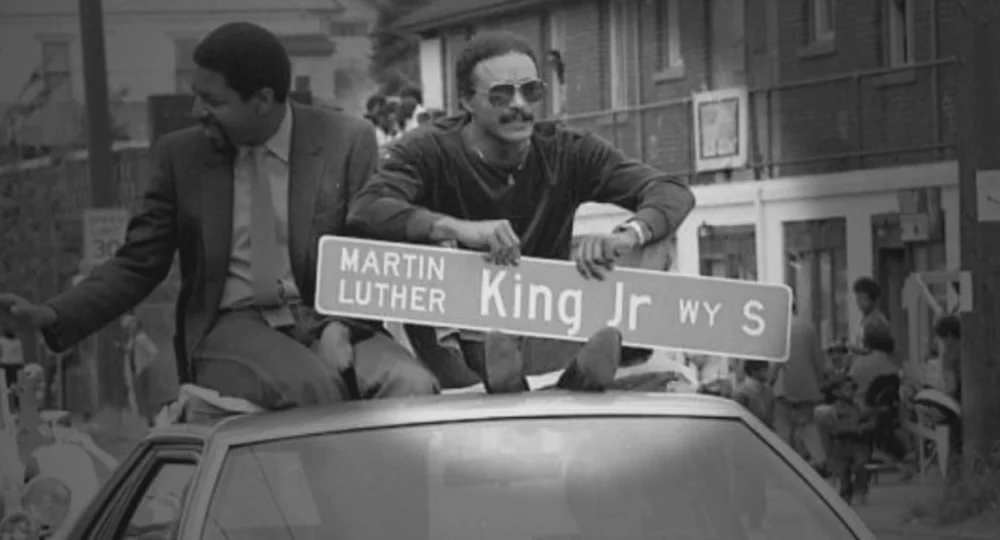Formation of King County

The formation of King County in 1852 stands as a pivotal moment in the history of Washington State, marking the establishment of a governmental and geographic entity that would become the most populous and influential county in the Pacific Northwest. The story of King County’s origin is one of shifting boundaries, administrative challenges, and the evolving meaning of its name—a journey that reflects both the aspirations and the conscience of the region.
Establishment of King County: Context and Motivation
In the early 1850s, the Pacific Northwest was a land in transition. The Oregon Territory, created in 1848, encompassed present-day Oregon, Washington, Idaho, and parts of Montana and Wyoming. As American settlers poured into the Puget Sound region, the need for more localized governance became apparent. The vast distances and rugged terrain made administration from the territorial capital in Olympia cumbersome and inefficient. Settlers in the area that would become Seattle, Renton, and the Snoqualmie Valley sought a county government that could address their unique needs and foster community development.
On December 22, 1852, the Oregon Territorial Legislature responded by carving King County out of the northern portion of Thurston County. This act was part of a broader movement to create new counties as the population grew and settlements expanded. King County was one of the earliest counties established in what would soon become Washington Territory.
Original Boundaries: A Vast and Shifting Domain
The original boundaries of King County were expansive, reflecting both the ambitions of its founders and the limited knowledge of the region’s geography. According to the 1852 legislative definition, King County’s territory stretched from the northeast corner of Pierce County, followed the Cascade Mountains to a parallel passing through Pilot Cove, then west along that parallel to the Pacific Ocean, and finally south along the coast to a point due west of the head of Case’s Inlet. This description gave King County a western border on the Pacific Ocean—a boundary that would not last long as subsequent counties were carved out of its territory.
Over the next several decades, King County’s boundaries were repeatedly adjusted to accommodate the creation of new counties and the realities of settlement patterns. By the early 20th century, its borders had stabilized to their present configuration, bounded by Snohomish County to the north, Pierce County to the south, Kittitas County to the east, and the waters of Puget Sound to the west.
Early Administrative Challenges
The establishment of King County did not immediately resolve the challenges of governance. In its infancy, the county faced a host of logistical, political, and social obstacles. The population was sparse and widely dispersed, with settlements clustered along rivers, prairies, and the shores of Puget Sound. Transportation was limited to trails, waterways, and rudimentary roads, making communication and coordination difficult.
The first county officials were tasked with organizing courts, collecting taxes, maintaining order, and providing basic services. They also had to navigate complex relationships with indigenous communities, whose lands and livelihoods were being rapidly transformed by settlement and treaties. The lack of infrastructure and the diversity of interests among settlers—farmers, loggers, merchants, and speculators—added to the complexity of county governance.
Seattle was designated as the county seat on January 11, 1853, cementing its role as the administrative and commercial hub of the region. The county government gradually expanded its functions, overseeing land records, infrastructure development, and public safety. As the population grew, so did the sophistication and reach of local government, laying the groundwork for the modern administrative structure that serves over two million residents today.
Naming King County: William R. King and the Politics of the 1850s
At its founding, King County was named in honor of William Rufus DeVane King, a prominent national politician from Alabama. King had served as a U.S. Representative, Senator, and diplomat, and in 1852, he was elected Vice President of the United States on the ticket with President Franklin Pierce. The decision to name the county after William R. King reflected the political climate of the time, as well as the custom of honoring national figures in the naming of new counties and towns.
However, King’s legacy is a complex one. He was a Southern Democrat and a slaveholder, and his political career was closely tied to the contentious debates over slavery and states’ rights that would soon plunge the nation into civil war. Although King died of tuberculosis just weeks after taking office as Vice President in 1853, his name remained attached to the county for more than a century.
Evolving Identity: Growth, Diversity, and the Push for Change
As King County grew, its identity evolved far beyond the circumstances of its founding. The late 19th and early 20th centuries saw waves of migration, industrialization, and urbanization. Seattle emerged as a major port and commercial center, while the surrounding valleys and plateaus became centers of agriculture, mining, and eventually suburban development. The county’s population became increasingly diverse, with immigrants from Asia, Europe, and other parts of the United States contributing to a rich cultural tapestry.
By the mid-20th century, King County had become the most populous and economically dynamic county in Washington State, home to major corporations, world-class universities, and vibrant arts communities. Yet, as the region’s values shifted toward greater inclusivity and social justice, the legacy of its namesake came under renewed scrutiny.
Renaming King County: Honoring Dr. Martin Luther King Jr.
The movement to rename King County in honor of Dr. Martin Luther King Jr. began in the 1980s, reflecting a growing awareness of the need to align public symbols with contemporary values. Dr. King, the iconic leader of the American civil rights movement, represented ideals of equality, nonviolence, and justice that resonated deeply with the people of King County.
On February 24, 1986, the King County Council approved a motion to rededicate the county in honor of Dr. Martin Luther King Jr., rather than William R. King. This decision was both symbolic and substantive, signaling a commitment to diversity, inclusion, and the ongoing struggle for civil rights. The move was initially a local initiative, but in 2005, the Washington State Legislature officially recognized the change, amending state law to reflect the new dedication.
The renaming of King County was accompanied by efforts to update the county’s official seal and imagery. The new logo, featuring Dr. King’s likeness, was adopted to reinforce the county’s commitment to his legacy and to inspire future generations to pursue justice and equality.
Significance of the Naming Decisions
The story of King County’s name is a microcosm of American history—a reflection of changing values, contested memories, and the power of public symbols. The original naming after William R. King was a product of its time, rooted in the political realities of the 1850s and the desire to honor national leaders. Yet, as the county grew and its population became more diverse, the limitations and contradictions of that legacy became apparent.
The decision to rededicate King County in honor of Dr. Martin Luther King Jr. was a conscious effort to reclaim the county’s identity and align it with the principles of justice, equality, and inclusion. It was also a recognition of the county’s role as a leader in progressive social change, both in Washington State and nationally. Today, King County stands as a testament to the idea that communities can evolve, confront their histories, and choose symbols that reflect their highest ideals.
A County Shaped by Its Past and Present
King County’s formation, boundaries, and name are more than historical footnotes—they are foundational elements of the region’s identity. From its origins as a vast and sparsely populated frontier, the county has grown into a dynamic, diverse, and forward-looking community. The challenges faced by its early leaders, the shifting lines on the map, and the debates over its name all speak to the ongoing process of defining what it means to be a community.
As King County continues to grow and change, the story of its birth and naming offers valuable lessons about the importance of history, the power of symbols, and the enduring pursuit of justice and inclusion. Whether in the halls of government, the neighborhoods of Seattle, or the rural valleys of the Cascades, the legacy of King County’s formation lives on—inspiring new generations to build a more equitable and vibrant future for all.




